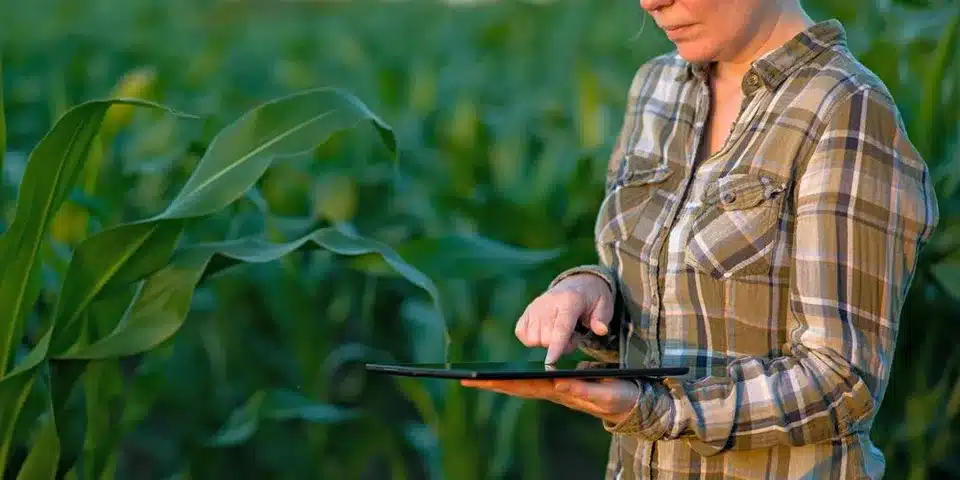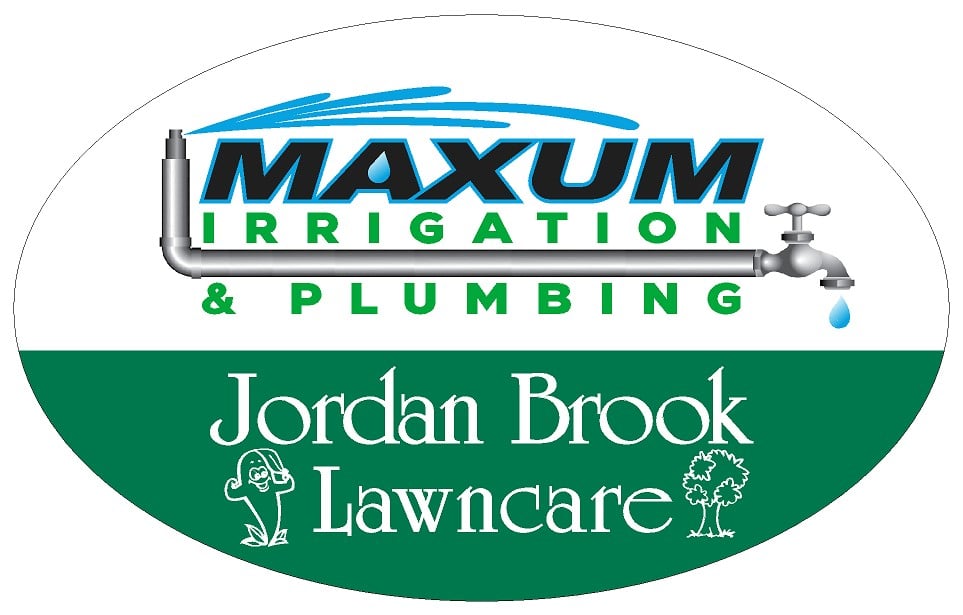When you rely on irrigation for healthy crops or landscaping, but only require a slow-moving water supply, the right technique for you is drip irrigation. These systems provide many benefits, including superior energy efficiency and water economy. They also promote plant and topsoil health. Drip systems, which are highly configurable, can be used in a wide variety of applications, and are becoming increasingly more popular than other irrigation techniques. Read on for insight into how they work and the benefits they bring.
The Drip Irrigation Process
 In drip irrigation, small amounts of water and fertilizer are distributed consistently across a given patch of land, either directly onto the plants’ roots, like subsurface drip irrigation, which is best-suited for high-value crops, or just above them, such as surface drip irrigation, which is suitable for row crops. Because of the more direct application to crop root zones, less water gets wasted due to factors like runoff and evaporation. For the best accuracy, drip watering systems should be managed with a timer.
In drip irrigation, small amounts of water and fertilizer are distributed consistently across a given patch of land, either directly onto the plants’ roots, like subsurface drip irrigation, which is best-suited for high-value crops, or just above them, such as surface drip irrigation, which is suitable for row crops. Because of the more direct application to crop root zones, less water gets wasted due to factors like runoff and evaporation. For the best accuracy, drip watering systems should be managed with a timer.
Benefits of Drip Irrigation
As stated earlier, this method of irrigation helps save water and benefits plant health. It also reduces the likelihood of infiltration by pests, weeds, and fungal growth. Other sprinkler systems are more likely to cause standing water to accumulate just above plants, which can attract pests. By directly targeting crop roots, drip irrigation systems are less likely to contribute to unwanted growth.
If you’re looking for an effective new irrigation system, Maxum Irrigation & Plumbing can help. They work out of Waterford, CT, installing and servicing systems for both residents and business owners, with the goal of outfitting every client with an accurately tailored system that minimizes waste. To inquire about drip irrigation solutions or other services, give them a call at (860) 525-7000. More information about the local professionals is available online.


